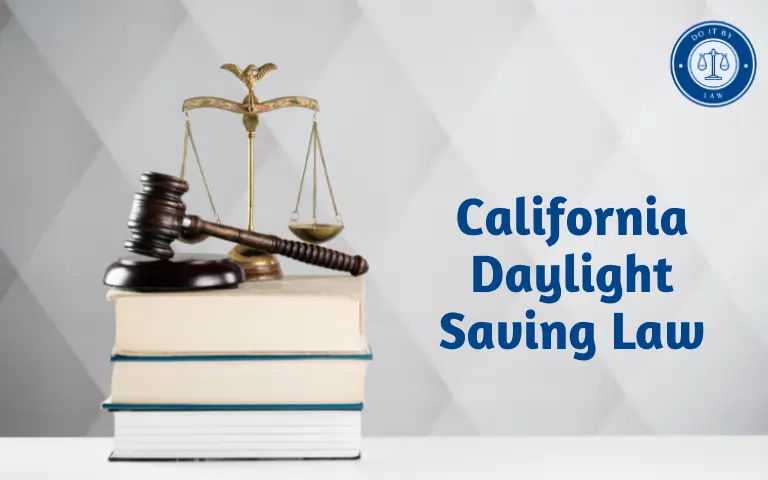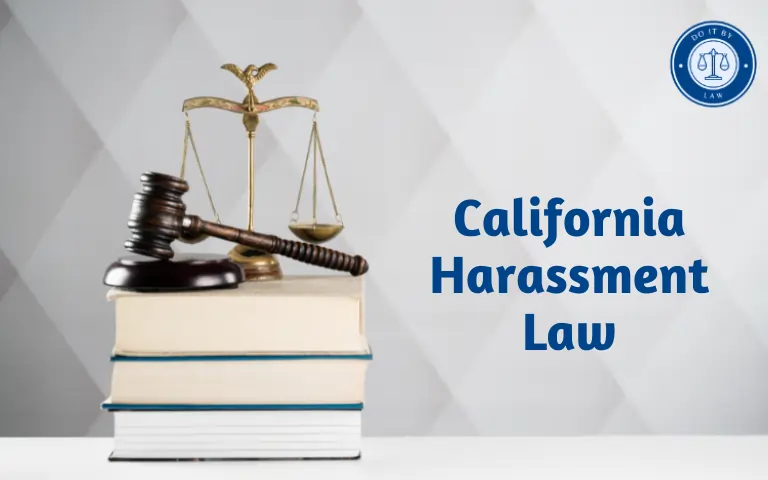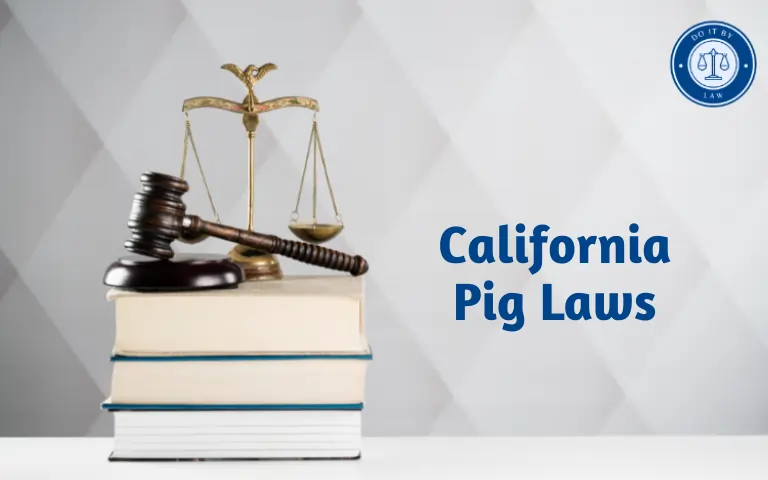California Daylight Saving Law: What You Need to Know
Ah, daylight saving time. Annoying as it may be, most of us grudgingly spring forward and fall back every year without thinking much about why. But in California, this semiannual time change has come under scrutiny recently. Keep reading to learn more about the current state of California Daylight Saving Law.
Twice a year, Californians join most of the US in moving their clocks forward or back an hour. The general idea behind DST is to shift daylight hours to better match people’s activity patterns. But not everyone believes the pros outweigh the cons. Efforts are underway nationwide and in California to re-examine DST policies.
So will California stop observing daylight saving time anytime soon? What’s allowed under federal law? Let’s review how we got here and what possible changes lie ahead.
A Brief History of Shifting Time Zones
Benjamin Franklin first floated the concept of daylight saving in 1784 to economize on candle usage. But it wasn’t adopted anywhere until 1908 when Thunder Bay, Ontario tweaked their clocks. Wartime coal shortages prompted the first national implementation in 1916 in Germany, with the US and other countries following suit.
After WWI, DST use declined and lacked coordination across regions. To bring uniformity, Congress passed the Uniform Time Act in 1966 that defined DST periods. However, states could still opt out. The current schedule of DST from March to November was set in 2007.
California voters approved DST way back in 1949 to align with other western states. But dissatisfaction has been brewing for decades. As far back as 1980, 56% of Californians voted to nix DST, but the measure didn’t pass federally. With recent changes on the horizon, elimination may finally become a reality.
Who Does California Daylight Saving Law Apply To?
California State DST law applies statewide to all residents, businesses, organizations, and institutions. When the clocks spring forward or fall back each year, the entire state shifts time zones simultaneously.
Some key facts about California DST:
- The switch occurs at 2 a.m. local time
- Clocks spring forward 1 hour on 2nd Sunday of March
- Clocks fall back 1 hour on 1st Sunday of November
- Observed from March to November annually
The only exceptions are Arizona and Hawaii which do not observe DST. California has observed it without fail since 1949. But amendments to allow year-round DST may alter tradition soon.
Arguments For and Against California Daylight Saving Law
DST has vocal defenders and critics on both sides. Supporters argue:
- Extra daylight in the evenings saves energy and reduces traffic crashes
- Aligns daylight better with people’s typical waking hours
- Supports recreation/tourism with longer evenings
Opponents counter:
- Little energy savings, may even increase energy use
- Disrupts sleep cycles, especially for children
- Causes confusion, adjustments in work/school scheduling
- May negatively impact health and productivity
- Safety/crash benefits are inconclusive
This ongoing debate fuels efforts to revisit how DST impacts California specifically. More examination of costs vs. benefits has been proposed.
Recent Changes and Proposals in California Daylight Saving Law
In 2018, California voters approved Proposition 7 to give the legislature power to change DST rules with a two-thirds majority vote. This opened the door to proposals like:
- Moving California permanently to year-round DST
- Opting out of DST entirely to stay on standard time
- Conducting studies on DST’s impact and effects on the state
In 2022, voters may see a ballot initiative to keep California permanently on DST. But federal law stands in the way for now.
Federal Law Preempts California Daylight Saving Law
Under the federal Uniform Time Act, states can opt out of DST but cannot observe it year-round. The Act aims to prevent disjointed time zones across the country. For now, federal law preempts California from pursuing permanent DST.
However, given the growing state-level momentum, Congress may revisit the DST issue. The Sunshine Protection Act has been proposed federally to make DST permanent nationwide. But until federal changes occur, California remains locked into the spring/fall time change cycle.
California Daylight Saving Law Potential Impact on Health and Safety
Those in favor of permanent DST argue it would improve public health and safety in California. The claims:
- Reduced risk of crashes with extra evening light
- Lower obesity, diabetes, and heart disease rates
- Decrease in seasonal depression, and other mood disorders
- Improved cognitive performance and scholastic scores
However, opponents say these benefits lack rigorous scientific proof. They contend year-round DST would worsen sleep disruptions and health issues when mornings stay darker later into the winter.
Will California Stay in Sync With Neighboring States?
If California opts for permanent DST, one consideration is whether neighboring states will follow suit. If not, being out of alignment could impact commerce, communications, and transportation across state lines.
However, the majority of states in the Western Interconnection grid seem to support ditching the time change. So even if federal law doesn’t mandate it nationwide, regional coordination could see Western states locking into permanent DST together.
The Bottom Line on California DST
While public opinion increasingly favors ending the clock-switching ritual, federal law stands in the way for now. Unless Congress acts to allow year-round DST, California remains stuck changing its clocks twice per year.
But with growing momentum, California may join other states in pressuring for federal DST reform. The days of springing forward and falling back nationwide may be numbered.







